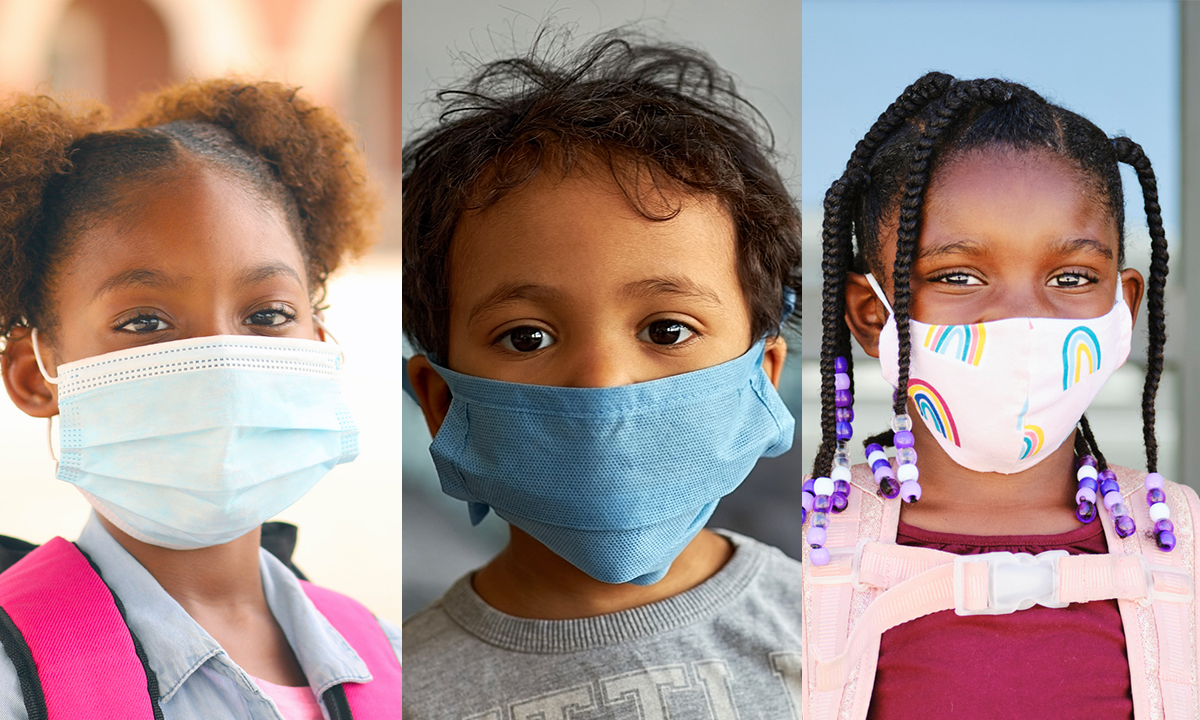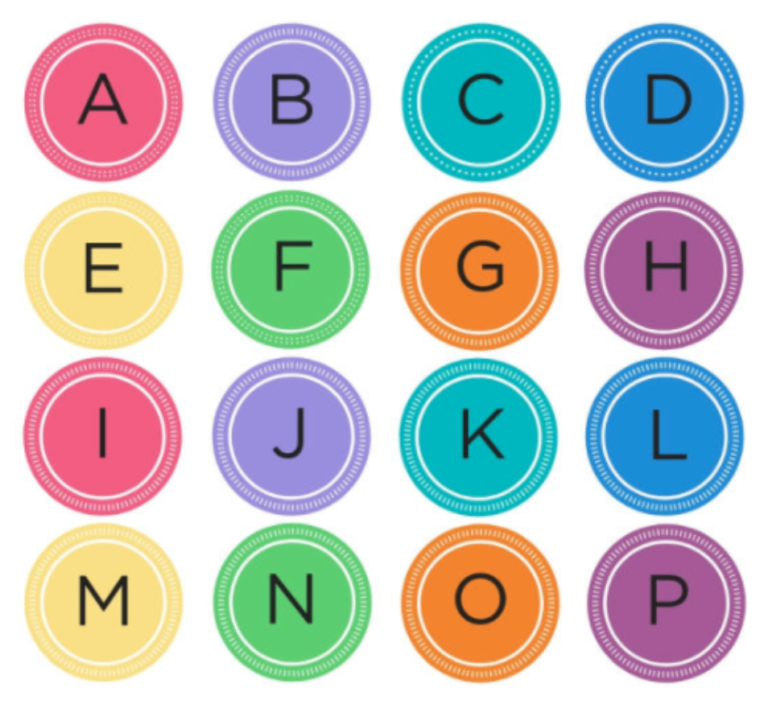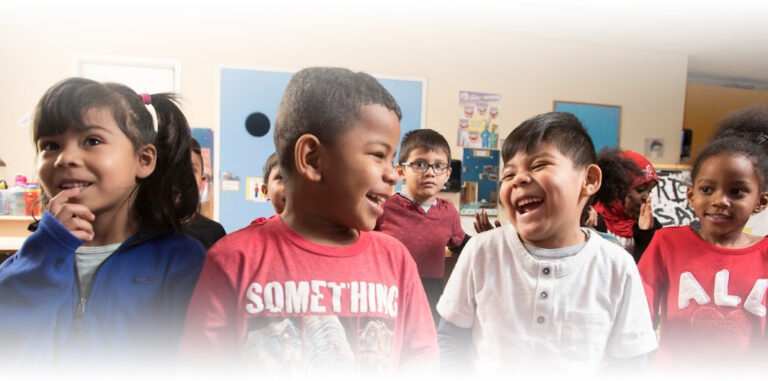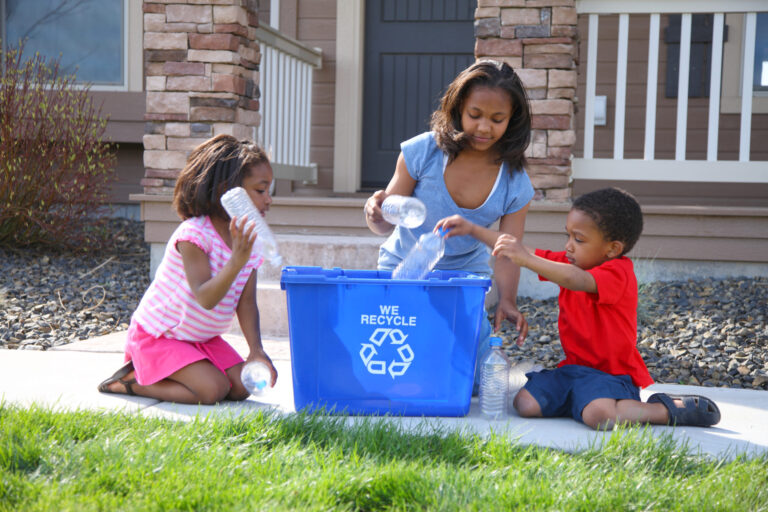Face coverings, masks specifically, have certainly proven to be a challenge through the COVID pandemic. How many times do you finish a sentence to realize you aren’t even sure what you said… because your mask smushed your lips into your teeth, making your words incoherent? Or did you respond to a request from another masked person with “huh?” because you didn’t catch each word in their question?
Now, imagine facing these same problems as a young child whose speech and language skills are still developing. For young kids developing spoken language skills, any disruption in what they hear or how they are understood by others can affect their language development. Language development affects literacy development and literacy development affects… well, just about everything.

We know that all adults who interact with children have an impact on the development of these language skills and that wearing masks can affect their ability to be a skilled language user. So, what does that mean for children spending time and interacting with both immediate and extended families around the holidays?
First, you may want to check out the CDC’s guidance page Holiday Celebrations and Small Gatherings to help inform and guide you through this challenging holiday season. If you and your loved ones choose to gather in person, wearing masks should be one of the precautions you take.
So, how do we ensure that our children are heard AND can hear us, while protecting ourselves and our families?
Tips For Clear Communication
There are a range of things you can do in social situations to help navigate the “new normal.”1 While the tips below are designed to help you communicate with children while masked, the same strategies can apply to communicating with anyone who has hearing loss.
- Speak slowly and articulate – this can help reduce the amount of misunderstanding.
- Use visual support and images – showing pictures or using gestures and other body language.
- Reduce environmental noise and keep the child’s attention when speaking – always make eye contact.
- Consider using a portable microphone with your mask – there are many types available online2.
- Ask children to repeat the instructions received – ensure the child heard correctly and understands.
- Repeat instructions or rephrase your speech if the child is not understanding – this may be a time to use the visual supports discussed above.
- Check for understanding – not just when giving directions, but in regular conversation too.
- Do not speak loudly, overemphasize, or exaggerate your words – this may lead to incorrect speech.
- Avoid using flashy masks – they can compete for the child’s attention.
When your goal is ensuring that each sound of speech reaches your child, you support their developing brain. While of course the same tactics can be applied in any back-and-forth conversation, clarity is especially critical for young children – for whom clear and engaging communication while developing language is vital.
Share these tips with family and friends to promote clear communication these holidays and every day!
Footnotes
- How face masks can affect school performance, International Journal of Pediatric Otorhinolaryngology, Volume 138, 2020, 110328, ISSN 0165-5876, https://doi.org/10.1016/j.ijporl.2020.110328.
- While we don’t endorse any specific device, this post has some great suggestions. Not just for teachers, these sets can be used anywhere clear communication is needed!
The Cox Campus is committed to ensuring literacy and justice for all. Through impactful strategies and learning experiences, families, educators, and anyone who works with children can make a difference by bringing the science of reading within reach for each child.




Children have to be safe all times. Speak to child slowly to understand what the message is said. Wear your masks .